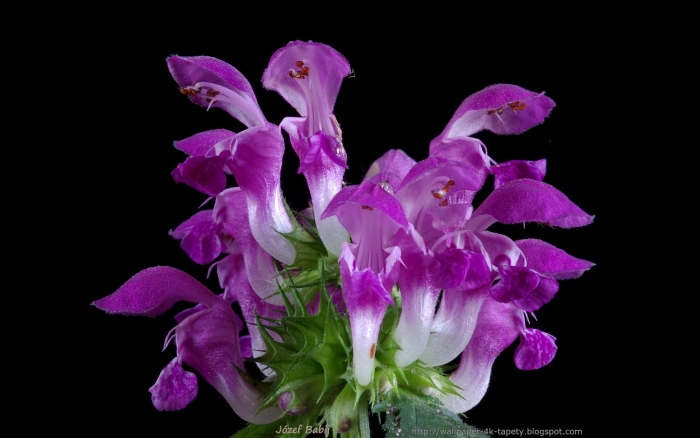Black Horehound
(Ballota nigra)
Black Horehound (Ballota nigra)
/
/

Babij
CC BY-SA 2.0
Image By:
Babij
Recorded By:
Copyright:
CC BY-SA 2.0
Copyright Notice:
Photo by: Babij | License Type: CC BY-SA 2.0 | License URL: https://creativecommons.org/licenses/by/2.0/ | Uploader: Babij | Publisher: Flickr |




















































Estimated Native Range
Summary
Ballota nigra, commonly known as Black Horehound, is a semi-evergreen perennial herb native to a variety of habitats including open woodlands, grasslands, and along hedgerows in Europe and the Mediterranean region. It typically grows to a height of up to 3 feet and can spread widely. The plant has a square stem and heart-shaped leaves that are wrinkled and have a coarse texture. Black Horehound is easily identifiable by its small, hairy, reddish-purple flowers that grow in whorls and bloom in the summer. The flowers are modest in appearance but are known for their strong, distinctive odor, which some describe as unpleasant, similar to mold or humidity.
Black Horehound is valued for its medicinal properties, particularly in traditional medicine, where it has been used to treat nausea and vomiting. It is also used in some herbal remedies for its supposed sedative and antispasmodic effects. In gardens, it can be used as a ground cover or in informal borders, especially in wildlife gardens where its flowers attract bees and other pollinators. This plant is drought-tolerant once established and prefers full sun but can tolerate partial shade. It is adaptable to a range of soil types, provided they have good drainage. While not the most ornamental of plants, its ease of maintenance and herbal uses make it a practical addition to certain garden settings. However, gardeners should be aware that Black Horehound can become invasive and spread aggressively by self-seeding.CC BY-SA 4.0
Black Horehound is valued for its medicinal properties, particularly in traditional medicine, where it has been used to treat nausea and vomiting. It is also used in some herbal remedies for its supposed sedative and antispasmodic effects. In gardens, it can be used as a ground cover or in informal borders, especially in wildlife gardens where its flowers attract bees and other pollinators. This plant is drought-tolerant once established and prefers full sun but can tolerate partial shade. It is adaptable to a range of soil types, provided they have good drainage. While not the most ornamental of plants, its ease of maintenance and herbal uses make it a practical addition to certain garden settings. However, gardeners should be aware that Black Horehound can become invasive and spread aggressively by self-seeding.CC BY-SA 4.0
Plant Description
- Plant Type: Herb
- Height: 2-3 feet
- Width: 1.5-3 feet
- Growth Rate: Moderate
- Flower Color: Purple
- Flowering Season: Summer
- Leaf Retention: Evergreen
Growth Requirements
- Sun: Full Sun
- Water: Medium
- Drainage: Slow, Medium, Fast
Common Uses
Border Plant, Fragrant, Low Maintenance, Rock Garden
Natural Habitat
Open woodlands, grasslands, and along hedgerows in Europe and the Mediterranean region
Other Names
Common Names: Tandbæger, Stinkandorn, Schwarznessel, Ballota, Balota, Marrubio Bastardo, Marrubio Negro, Porro, Ballote Vulgaire, Hunderot
Scientific Names: , Ballota nigra, Ballota foetida, Ballota nigra var. urticifolia, Marrubium nigrum, Stachys ballota, Ballota sordida, Ballota urticifolia, Marrubium ballota, Marrubium nigrum oppr,
GBIF Accepted Name: Ballota nigra L.